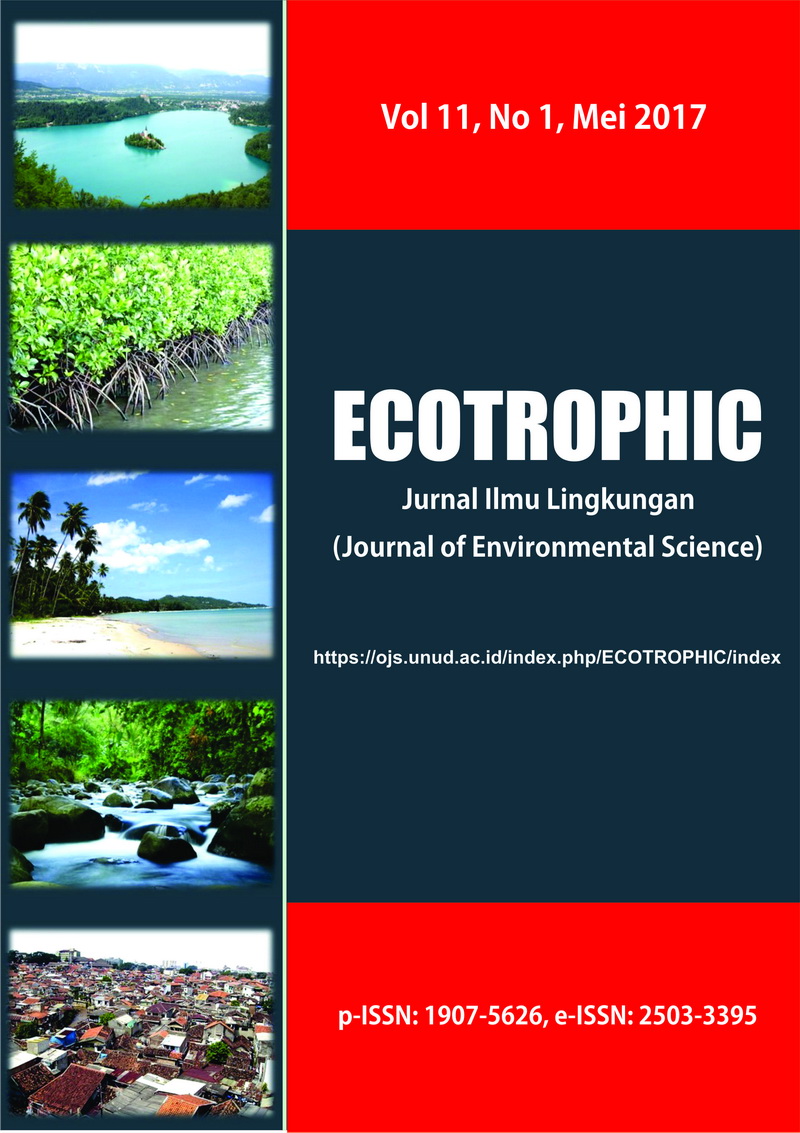HUBUNGAN SANITASI RUMAH DENGAN KEJADIAN PENYAKIT TUBERKULOSIS (TB) DI KECAMATAN KUTA
Abstract
RELATIONSHIP HOUSING SANITATION WITH TUBERCULOSIS DISEASES (TB) INCIDENCE IN KUTA DISTRICT
One of the endemic infectious diseases occured in the community is tuberculosis (TB). The World Health Organization (WHO) estimated about one third of the world's population has been infected by the bacteria mycobacterium tuberculosis. Badung regency as one of the districts in the province of Bali also having cases of tuberculosis. From the report Badung Health Agency in 2015 was recorded 275 TB patients. From 6 districts in Badung district, subdistrict of Kuta occupy the highest number of cases recorded 100 patients. tuberculosis is closely related to homes sanitation that do not meet health requirements. The purpose of this study was to determine the relationship of home sanitation with disease incidence of tuberculosis in the district of Kuta. Based on the type of research is observational analytic, design research is a case control studies linking ie risk factors. (Home sanitation) with TB disease events, by comparing the case group and the control group. The population in this study are patients with TB BTA (+) were treated working area Puskesmas Kuta I and Puskesmas Kuta II sanitation as well as his home. The number of samples in this study was 60 consisting of the case group and the control group. How sampling is the total population of TB patients in the last 3 months of 2015 as well as sanitary home. Data collected from interviews, observations and measurements and then analyzed using chi square and followed by multiple logistic regression test. From the statistic test bivariate home sanitation with tuberculosis disease incidence 6 variables showed that: (1) lighting p = 0,00 (p< 0,05) OR = 21, (2) humidity p = 0,00 (p< 0,05) OR = 21,36 , (3) ventilation p = 0,00 (p< 0,05)OR = 11, (4) the walls of the house p = 0,00 (p< 0,05) OR = 8,64, (5) density residential home p = 0,00 (p<0,05) OR = 16,43 and (6) house floor p = 0,22 (p>0,05) OR = 2,143. To determine the relationship of all independent variables simultaneously multivariate analysis with multiple logistic regression test. Based on the results obtained that there are three independent variables significantly related (p<0,05) with the dependent variable is the humidity (OR = 19,158, 95% CI 3,171 –115,751), ventilation (OR = 6,408, 95% CI = 1,199 to 34,236), residential density (OR = 13,342, 95% CI = 2,261 – 78,733). Probability of people who occupy the house with sanitation (Humidity, Ventilation and Residential density) in the district of Kuta to contract tuberculosis (TB) is 97,08%. Based on these results, we can conclude that from the test bivariate (6 variables) are: lighting, humidity, ventilation, walls of houses, residential density and house floor associated with the incidence of tuberculosis in the district of Kuta. While the advice may be given to: (1). people who live in the district of Kuta in order to build or occupy a dwelling house to take into account the standard of sanitation and healthy home. (2). Government / agencies in order to provide guidance to the public in order to build houses of spatial attention and care homes that meet health requirements so that people who lived in the house to feel safe, comfortable, and avoid the disease especially those stemming from poor sanitation home.


